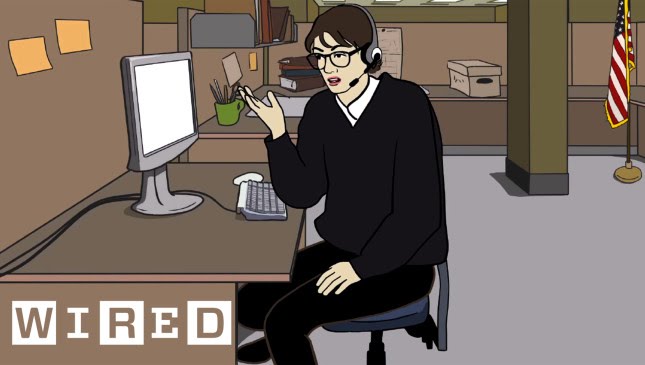Skateboarding Tricks: Levels of Complexity Explained by Pro Skater Tony Hawk
Summary
Professional skateboarder Tony Hawk discusses the levels of complexity in skateboard tricks, ranging from foundational tricks like the ollie to more advanced aerial maneuvers like the 1260 spin. He explains that skateboarding is both an art and a sport, allowing for endless possibilities for creativity.
Table of Contents
- The Foundation: Ollie and 180 Frontside Ollie
- Moving Up: Backside 180 and Backside Pop Shove It
- Next Level: Frontside Pop Shove It and Kickflip
- Even Harder: Heel Flip and Varial Flip
- Aerial Maneuvers: 180 Aerial and 360 Aerial
- Flipping and Spinning: Frontside 180 Heel Flip and Tony Hawk Spin
- The Ultimate Level: Ollie 720 with Heel Flip and 1260 Spin
Introduction
Skateboarding has become an increasingly popular sport in recent years, with athletes pushing the limits of what is possible on a skateboard. From flat ground tricks to aerial maneuvers on a ramp, skateboarders are constantly striving to improve their skills and take their tricks to the next level. In this article, we will discuss the various levels of complexity in skateboard tricks, as explained by professional skateboarder Tony Hawk.
Q&A
The Foundation: Ollie and 180 Frontside Ollie
Q: What is the foundation of almost every skate trick?
A: The foundation of almost every skate trick is the ollie, which involves snapping the tail of the board downwards with one foot while the front foot slides up to level it out in the air.
Q: What is the next level after the ollie?
A: The next level after the ollie is the 180 frontside ollie, where the upper body turns while the lower body follows.
Moving Up: Backside 180 and Backside Pop Shove It
Q: How does the trick become more complex after the 180 frontside ollie?
A: The trick becomes more complex with the backside 180 where the landing zone is not visible, and landing involves blind faith.
Q: What is level four?
A: Level four involves a backside pop shove it where the board turns 180 under the feet.
Next Level: Frontside Pop Shove It and Kickflip
Q: What is level five?
A: Level five is the frontside pop shove it, which is more based on feeling than sight.
Q: What is level six?
A: Level six is the kickflip, which involves flipping the board under the feet.
Even Harder: Heel Flip and Varial Flip
Q: What is level seven?
A: Level seven is the heel flip, which is a kickflip but with the opposite direction.
Q: What is level eight?
A: Level eight is a varial flip, which is a combination of a shove it and a kickflip.
Aerial Maneuvers: 180 Aerial and 360 Aerial
Q: What is level nine?
A: Level nine involves aerial maneuvers such as 180 aerial.
Q: What is level ten?
A: Level ten involves 360 aerial maneuver.
Flipping and Spinning: Frontside 180 Heel Flip and Tony Hawk Spin
Q: What is level eleven?
A: Level 11 involves a flip trick, specifically frontside 180 heel flip.
Q: How difficult are the spinning aerial maneuvers?
A: The spinning aerial maneuvers like the varial 720 and the 900 are very difficult as they require flipping the board while spinning.
The Ultimate Level: Ollie 720 with Heel Flip and 1260 Spin
Q: What is the ultimate level of complexity?
A: The ultimate level of complexity would be a 1260 spin, which has been accomplished by only one skateboarder.
Q: Can these tricks be dangerous?
A: Yes, these tricks require a lot of practice, skill, and experience, and can be dangerous if not executed properly.
Conclusion
Tony Hawk’s explanation of the levels of complexity in skateboard tricks sheds light on the intricate nature of skateboarding. From foundational ollies to advanced aerial maneuvers, skateboarding is a sport that requires dedication, creativity, and technical skill. As the sport continues to evolve, skateboarders will undoubtedly push the limits of what is possible, and we can expect to see more incredible tricks in the future.







